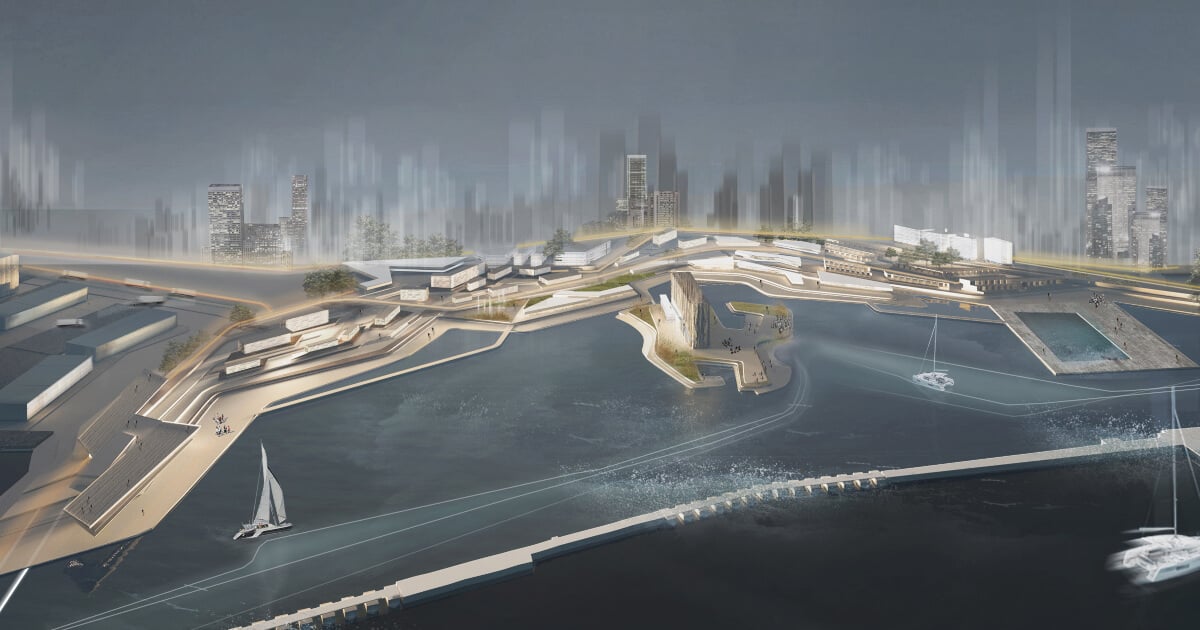Guest Post by Christian Schernthaner, Head of Sales and Customer Excellence in the Allplan Precast Competence Center
Prefabrication is not an invention of the 21st century. After all, Gustave Eiffel was already using prefabricated elements when building Paris’ world-famous tower in 1887. Nevertheless, all indicators point to a huge boom in modular construction in the coming years, according to McKinsey. Why industrialized construction in particular is growing 60 percent faster than other sectors can be explained by the numerous advantages of this method and the current changes in the construction industry.
Prefabrication ensures efficiency and precision
Modular construction enables the benefits of industrialization to be transferred to the construction industry. With prefabrication, the individual elements are produced with millimeter precision in a production hall away of the construction site. The components are then delivered just-in-time to the construction project and assembled in the appropriate place with the help of cranes.
These ideal production conditions ensure optimal use of the raw materials used, increase the precision of the manufactured components, and reduce the amount of waste. Another major advantage is the extraordinarily high accuracy of time and cost planning. Prefabricated elements also score points on the construction site with lower manpower requirements as well as less dust and noise pollution for local residents.
Prefabrication is a growing market
Based on the numerous advantages, experts predict a bright future for the precast industry: 5.3 percent per year is expected to be the average growth rate for the global precast concrete industry between 2021 and 20281. In 2020, the precast concrete market was already worth around USD 92.14 billion and is expected to rise to over USD 139.33 billion in 20282. This growth trend is also reinforced by the transformation that is currently taking place in the entire construction industry.
McKinsey notes in their report, “The next normal in construction”, that the previously rather traditional construction industry is changing at a rapid pace and is now increasingly relying on innovative technologies and digital tools. This trend toward digitalization and automation will therefore intensify in the coming years. McKinsey sees the following trends specifically for the precast industry:
• Product-based approach: the focus is no longer on construction projects, but increasingly on separate, standardized products.
• Specialization: Companies are specializing in certain standard products, which enables them to scale their production and increase their profitability.
• Increased collaboration: All project participants along the value chain need their specific information to be up to date. This increases the need for BIM and modern data sharing solutions.
Prefabrication as a pioneer for digitization and automation
However, innovative ways of planning and production also require a rethink in terms of suitable tools. This is precisely where Allplan Precast comes in: in line with the motto “design to build”, the Planbar and Tim software solutions cover all project phases, from design to production and assembly on the construction site. Planbar is one of the world’s leading BIM solutions for industrialized construction and takes precast design and detailing to a new level of efficiency and precision. Tim offers vivid work preparation in 3D, direct access to all relevant project information, and sophisticated quality assurance.
Learn more and watch the presentation now.

Christian Schernthaner, |
1 Grand View Research, Precast Concrete Market Size, Share & Trends Analysis Report By Product (Structural Building Components,Transportation Products), By End-Use (Residential, Infrastructure), By Region, And Segment Forecasts, 2021 – 2028, February 2021
2 McKinsey & Company, The next normal in construction: How disruption is shaping the world’s largest ecosystem, June 2020
Contiga-Tinglev.jpg)





